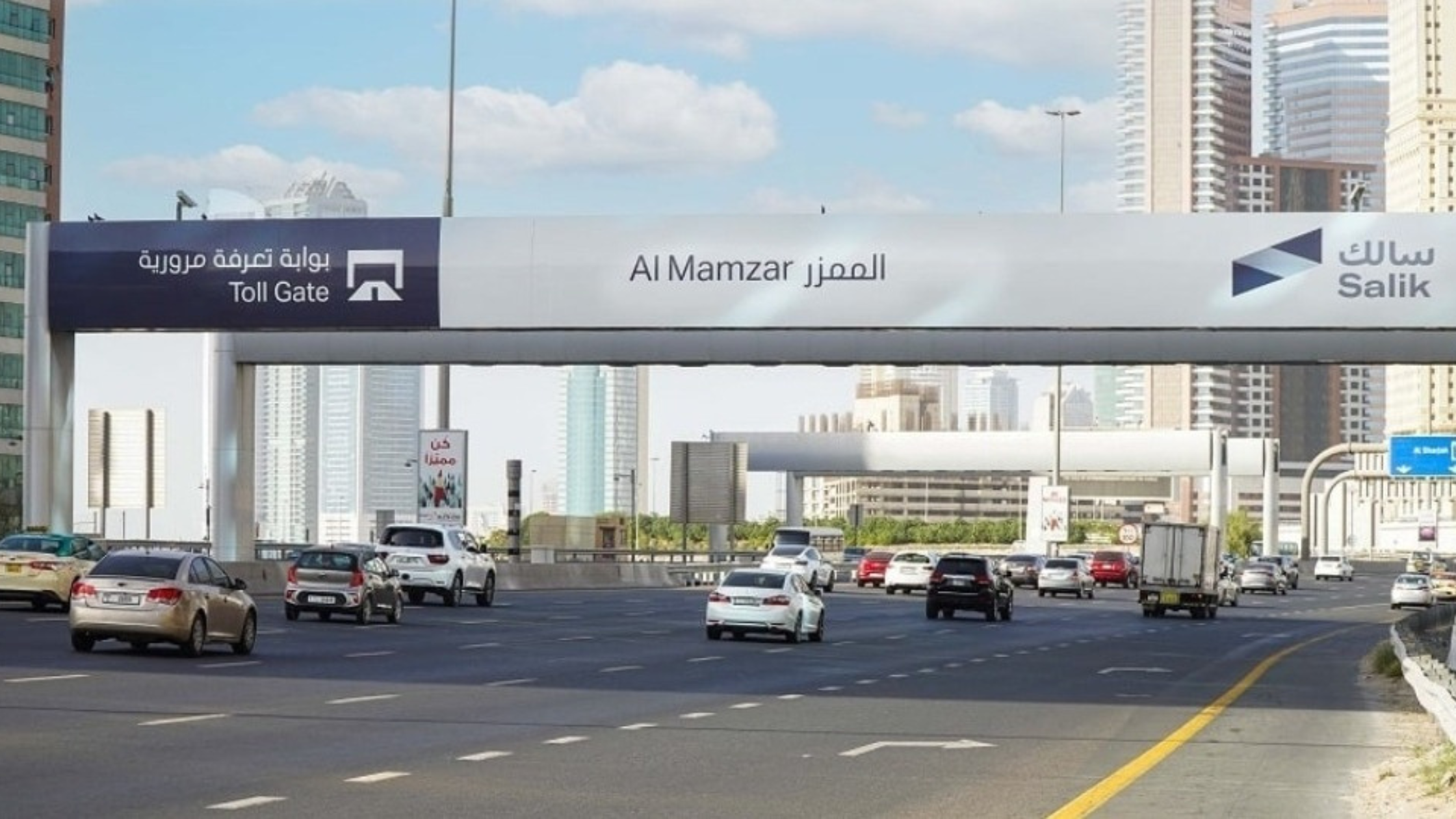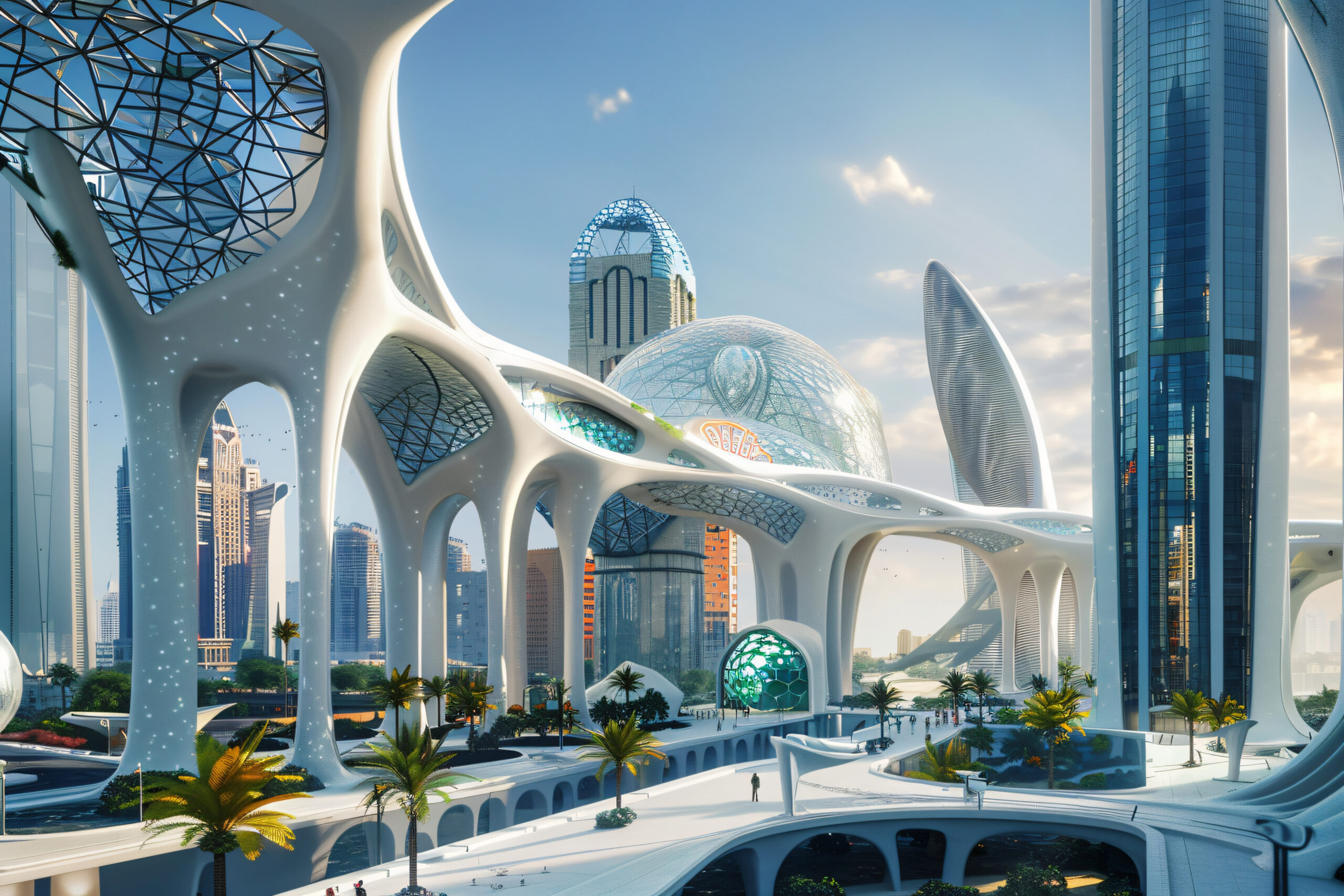India Unveils 1,200 HP Hydrogen Train for Green Future

India has taken a monumental leap toward a greener future with the successful testing of its first hydrogen-powered coach, a Driving Power Car, at the Integral Coach Factory (ICF) in Chennai. This groundbreaking achievement, announced by Union Minister of Railways Ashwini Vaishnaw on July 25, 2025, via X, positions India as a global leader in hydrogen-powered rail technology. The trial marks a significant milestone in India’s ambitious plan to deploy a 1,200 horsepower (HP) hydrogen train, set to become the world’s most powerful hydrogen train engine. This development not only showcases India’s innovation in sustainable transportation but also aligns with its goal of achieving net-zero carbon emissions by 2030 across its vast railway network, one of the largest in the world.
A Breakthrough in Hydrogen-Powered Rail Technology
The successful testing of the hydrogen-powered coach at ICF in Chennai is a testament to India’s growing expertise in green rail technology. Unlike conventional diesel locomotives that emit harmful pollutants, these hydrogen fuel cell trains produce only water and heat as by-products, making them a cleaner and quieter alternative. The 1,200 HP hydrogen train engine surpasses existing global designs, which typically range between 500 and 600 HP, establishing India as a frontrunner in sustainable rail innovation.
Union Minister Ashwini Vaishnaw emphasized the strategic importance of this achievement, stating, “This breakthrough places India among the global elite in hydrogen-powered rail technology.” The initiative is a cornerstone of India’s Railway Modernization Plan, which aims to transform its extensive railway network into a zero-emission ecosystem by 2030. With a substantial investment of Rs 2,800 crore (approximately $337 million USD), the Ministry of Railways is developing 35 hydrogen fuel cell-based trains, setting a new standard for eco-friendly transportation.
Why Hydrogen Trains Matter
Hydrogen fuel cell technology is a game-changer for the transportation sector. These trains operate by converting hydrogen and oxygen into electricity through a chemical reaction in fuel cells, powering the train without relying on fossil fuels. The only emissions are water vapor and heat, making them an ideal solution for reducing carbon footprints and combating air pollution. For a country like India, with its sprawling railway network spanning over 68,000 kilometers, adopting hydrogen-powered trains is a critical step toward achieving climate goals.
The UAE and the Middle East, known for their ambitious sustainability initiatives like the UAE Vision 2021 and Saudi Vision 2030, can draw inspiration from India’s advancements. As the region invests heavily in renewable energy and smart transportation, India’s hydrogen train project serves as a model for integrating green technology into large-scale infrastructure.
Key Features of India’s Hydrogen Train
India’s hydrogen train is designed to redefine sustainable rail travel. Here are its standout features:
- Unmatched Power: With a 1,200 HP engine, India’s hydrogen train is significantly more powerful than its global counterparts, offering superior performance for long-distance travel.
- Increased Capacity: Unlike international hydrogen trains with five coaches, India’s design includes ten coaches, enhancing passenger capacity and providing a premium travel experience.
- Eco-Friendly Design: Powered by hydrogen fuel cells, these trains eliminate harmful emissions, contributing to cleaner air and a healthier environment.
- Versatile Applications: The technology developed for these trains has potential applications beyond rail, including heavy-duty trucks, tugboats, and other industrial sectors.
The first full hydrogen train is set to operate on the Jind-Sonipat route in Haryana, marking a significant milestone in real-world deployment. This route will serve as a testing ground to demonstrate the train’s reliability and efficiency in regular service.
India’s Investment in Green Rail Infrastructure
The Ministry of Railways has allocated Rs 2,800 crore to develop 35 hydrogen fuel cell trains, underscoring India’s commitment to sustainable development. This investment is part of a broader strategy to modernize the Indian Railways, which transports millions of passengers and goods daily. By transitioning to hydrogen-powered locomotives, India aims to reduce its reliance on diesel trains, which contribute significantly to greenhouse gas emissions.
The initiative aligns with global trends, as countries like Germany, France, and China have also experimented with hydrogen trains. However, India’s focus on high-power engines and larger train configurations sets it apart. The Integral Coach Factory in Chennai, a hub for rail innovation, has played a pivotal role in developing this technology, showcasing India’s self-reliance in green energy solutions.
Environmental and Economic Benefits
The adoption of hydrogen fuel cell trains offers numerous benefits for India and the global community:
- Reduced Emissions: By replacing diesel locomotives, these trains will significantly lower carbon dioxide emissions, supporting India’s net-zero 2030 goal.
- Improved Air Quality: With zero harmful emissions, hydrogen trains will contribute to cleaner air, particularly in densely populated urban areas.
- Economic Growth: The development of hydrogen technology is expected to create jobs in manufacturing, research, and infrastructure development.
- Energy Independence: By investing in hydrogen production, India can reduce its dependence on imported fossil fuels, enhancing energy security.
For the UAE and the Middle East, where sustainable infrastructure is a priority, India’s hydrogen train project highlights the potential for green technology to drive economic and environmental progress.
Challenges and Future Prospects
While India’s hydrogen train initiative is a significant achievement, challenges remain. Hydrogen production requires substantial energy, and ensuring that this energy comes from renewable sources like solar or wind is critical to maintaining the project’s sustainability. Additionally, developing a robust hydrogen supply chain and refueling infrastructure across India’s vast railway network will require significant investment and coordination.
However, the potential rewards far outweigh the challenges. The hydrogen fuel cell technology developed for these trains has applications beyond rail, including heavy-duty transport and industrial power systems. This versatility positions India as a leader in the global hydrogen economy, with opportunities to export technology and expertise to regions like the Middle East.
Global Implications and Inspiration for the Middle East
India’s success in hydrogen-powered rail offers valuable lessons for the UAE and the Middle East. The region’s focus on sustainable transportation, evident in projects like the Hyperloop in Abu Dhabi and electric vehicle initiatives in Saudi Arabia, aligns with India’s vision. By adopting similar hydrogen fuel cell technologies, Middle Eastern countries can enhance their green transportation networks, reduce reliance on fossil fuels, and achieve their climate targets.
Moreover, India’s emphasis on indigenous innovation resonates with the UAE’s push for self-reliance in technology and energy. Collaborative opportunities, such as knowledge sharing and joint research, could accelerate the adoption of hydrogen technology across the region.
The Road Ahead for India’s Hydrogen Trains
The successful testing of the hydrogen-powered coach is just the beginning. The Ministry of Railways plans to roll out 35 hydrogen trains over the next few years, with the Jind-Sonipat route serving as a pilot project. This initiative will pave the way for broader adoption across India’s railway network, transforming it into a sustainable transport hub.
As India continues to innovate, the hydrogen train project is expected to inspire other nations to invest in green rail solutions. For readers in the UAE and the Middle East, this development underscores the importance of clean energy in shaping the future of transportation.







